Explanation
Gyeongju was the capital city of the ancient kingdom of Silla. The city is often referred to as a “museum without walls” because of the many cultural relics scattered throughout the city. Almost everything in this city, from the streets to the mountains, is rich in history. Gyeongju has roughly 300 sites that have been designated as a cultural heritage, with some of them being UNESCO-recognized World Heritage Sites.
The Gyeongju Special Tourist Zone includes the districts of Namsan, Wolseong, Daereungwon, Hwangryongsa, and Sanseong. This area has a total of 52 cultural assets registered on the World Heritage list. Many of the hills are actually royal tombs and fields of grass used to be sites of ancient temples.
The entire Namsan Mountain can almost be considered a cultural asset because of the many stone pagodas and Buddha statues that can be found here. The Bulguk district is home to many of Gyeongju’s most well-known attractions such as Bulguksa Temple, Seokguram Grotto, Gyeongju Folk Village, Silla Arts and Science Museum, and Goereung.
In the Bomun district, there are plenty of recreation facilities surrounding Bomunho Lake. Other attractions in the area include Gyeongju World Culture Expo Park, Gyeongju World, and Silla Millennium Park.
[Gyeongju Special Tourist Zone]
Areas included: Downtown area, Bomun Lake Resort, and Bulguksa Temple in Gyeongju-si, Gyeongsangnam-do
Area size: 32,650,000㎡
Tourist Attractions: Bulguksa Temple, Seokguram Grotto, Daereungwon Tomb Complex, Namsan Mountain, Bomunho Lake, Shilla Millennium Park, Gyeongju World Culture Expo Park, etc.
Inquiry
+82-54-779-6084
Homepage
Information Use
Contact and Information : +82-54-779-6084
Parking facilities : 26 public parking lots are available at tourist sites, Bomun Tourism Complex and Bulguksa Temple
More information
Available Facilities
Tourist information center, casino, traditional Korean-style hotel, luxury hotel, tourist hotel, resort condominiums, folk village, swimming pool, souvenir shop exclusively for foreigners, nightlife restaurant exclusively for foreigners, etc.
Facilities for the Handicapped
Paths and restrooms exclusively for the disabled are available at tourist sites.
Restrooms
Public restrooms are available at tourist sites and around Bomunho Lake and Bulguksa Temple.
Interpretation Services Offered
English and Japanese travel guidebooks are available at hotels in the Bomun Tourism Complex, tourist information centers and tourist sites in the downtown area.
Location
614 Gyeonggam-ro, Gyeongju-si, Gyeongsangbuk-do
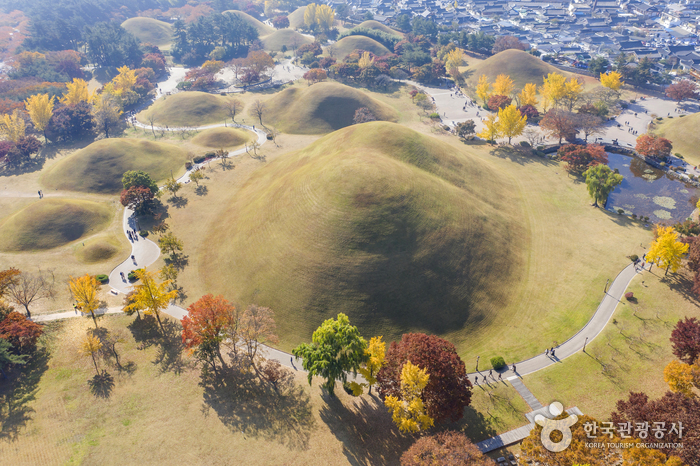
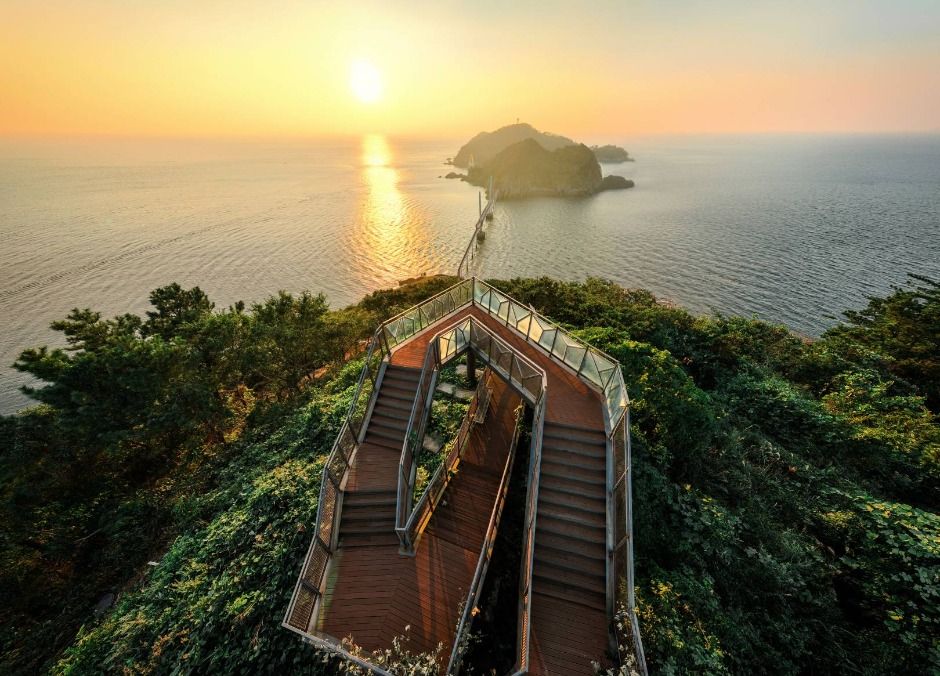
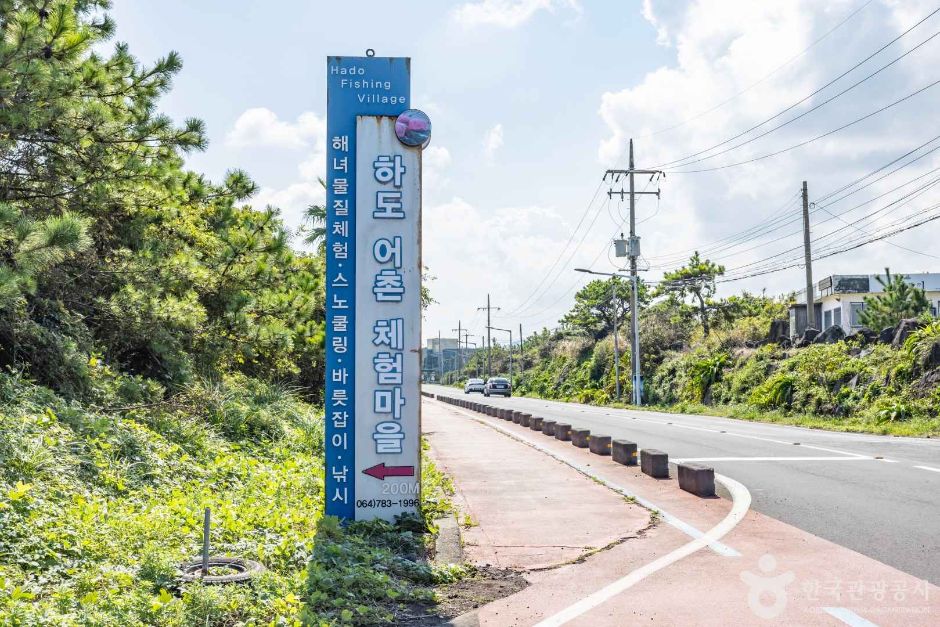
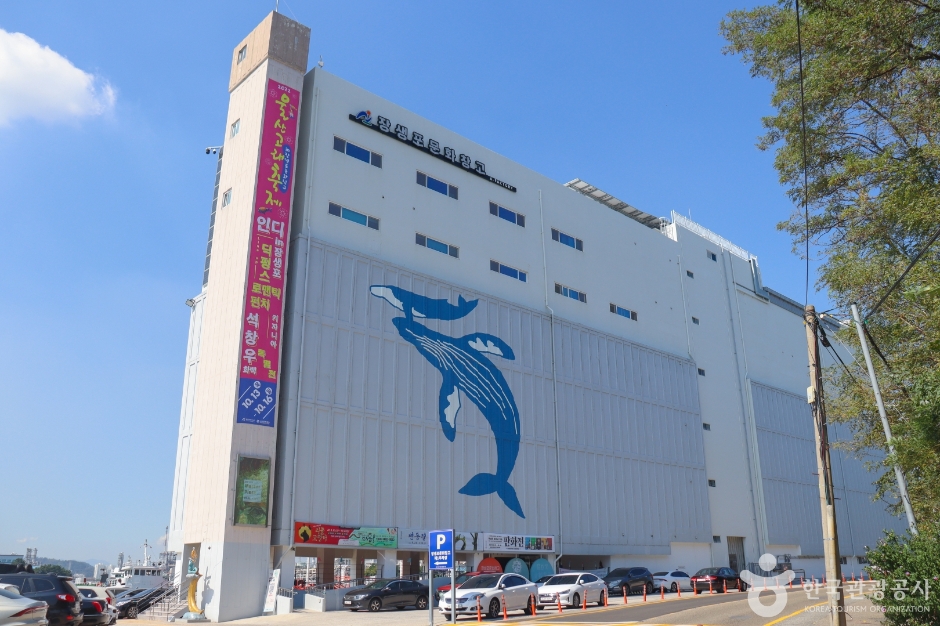
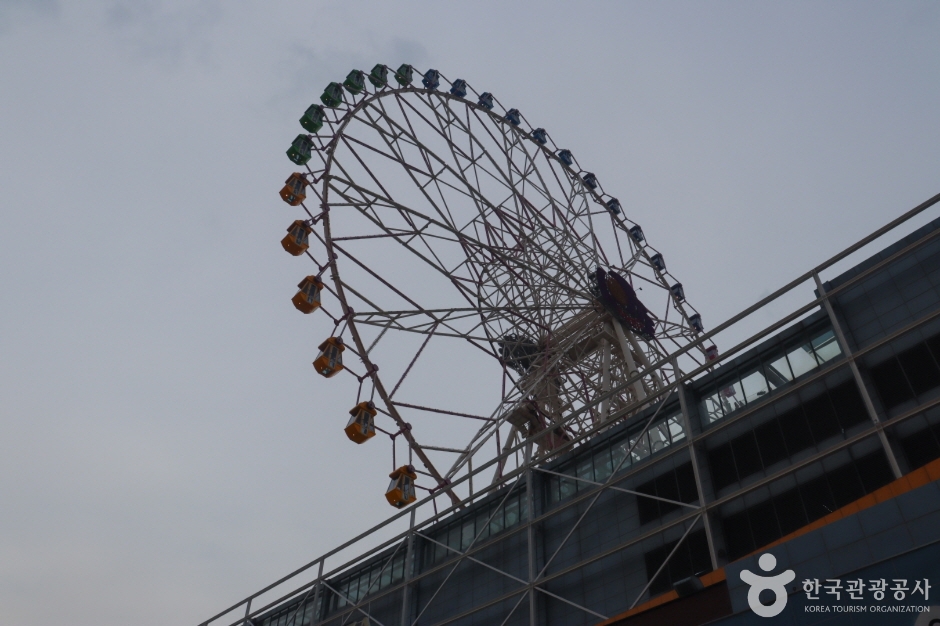

 English
English
 한국어
한국어 日本語
日本語 中文(简体)
中文(简体) Deutsch
Deutsch Français
Français Español
Español Русский
Русский